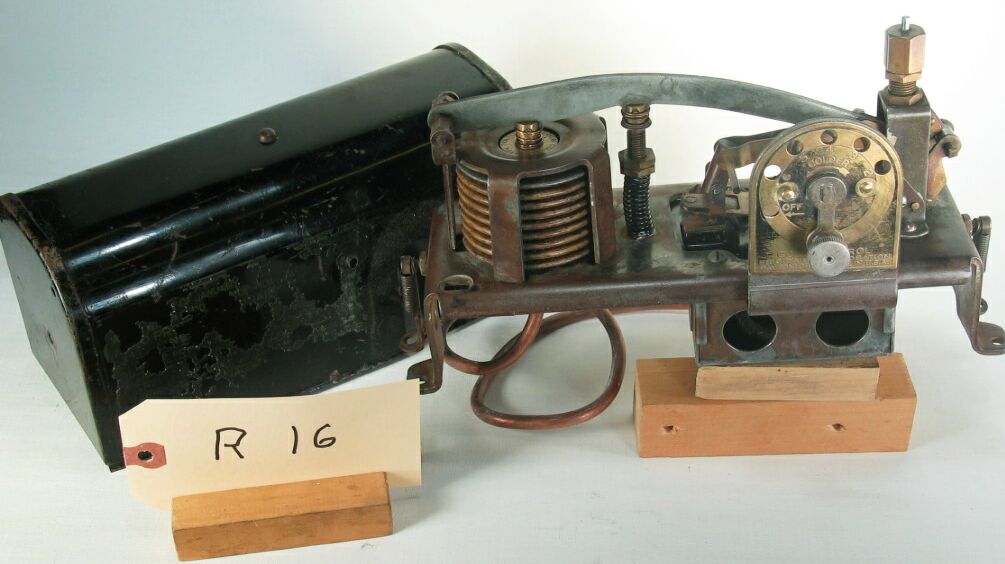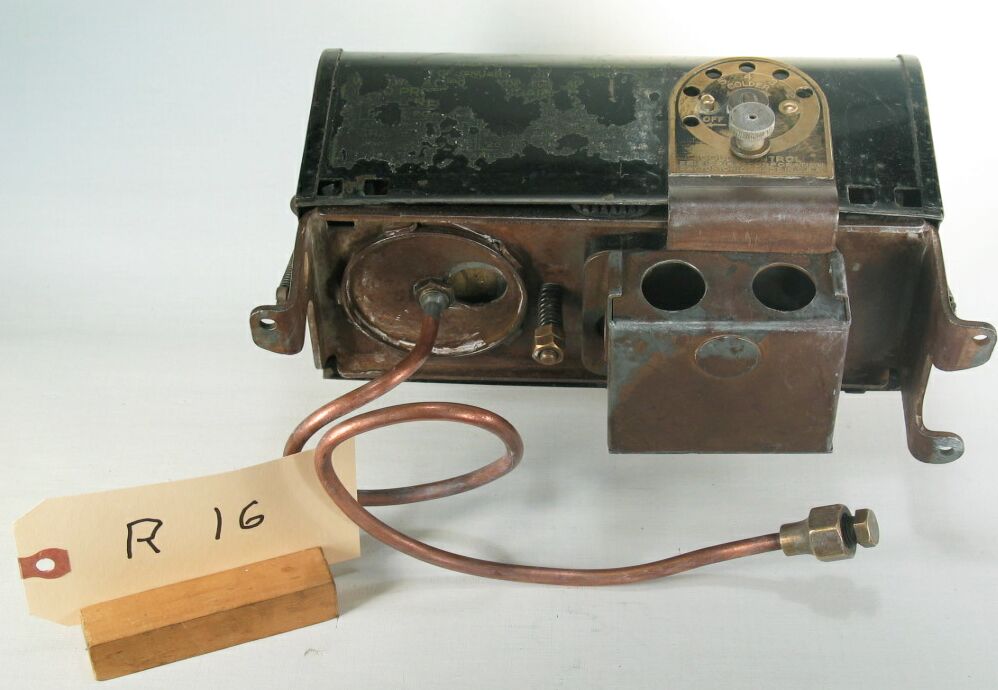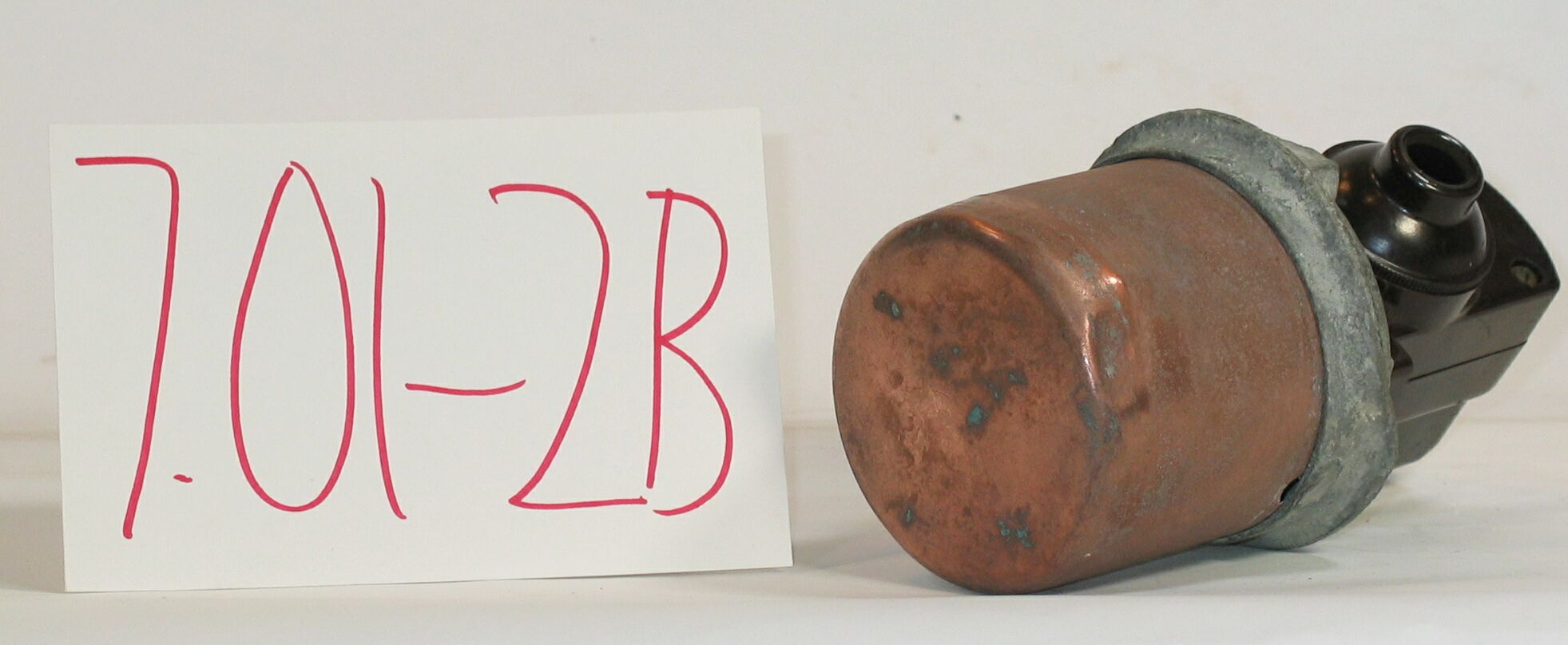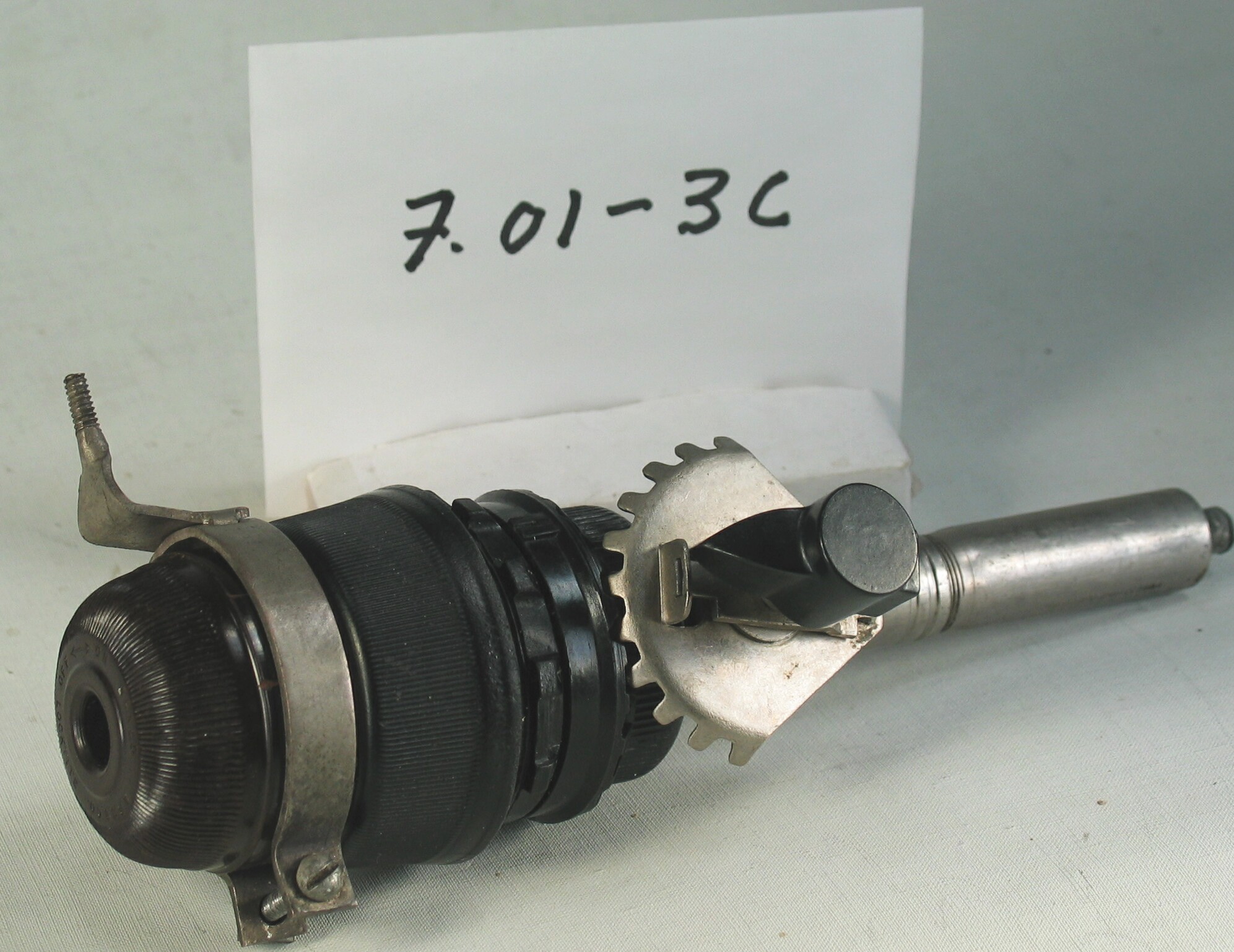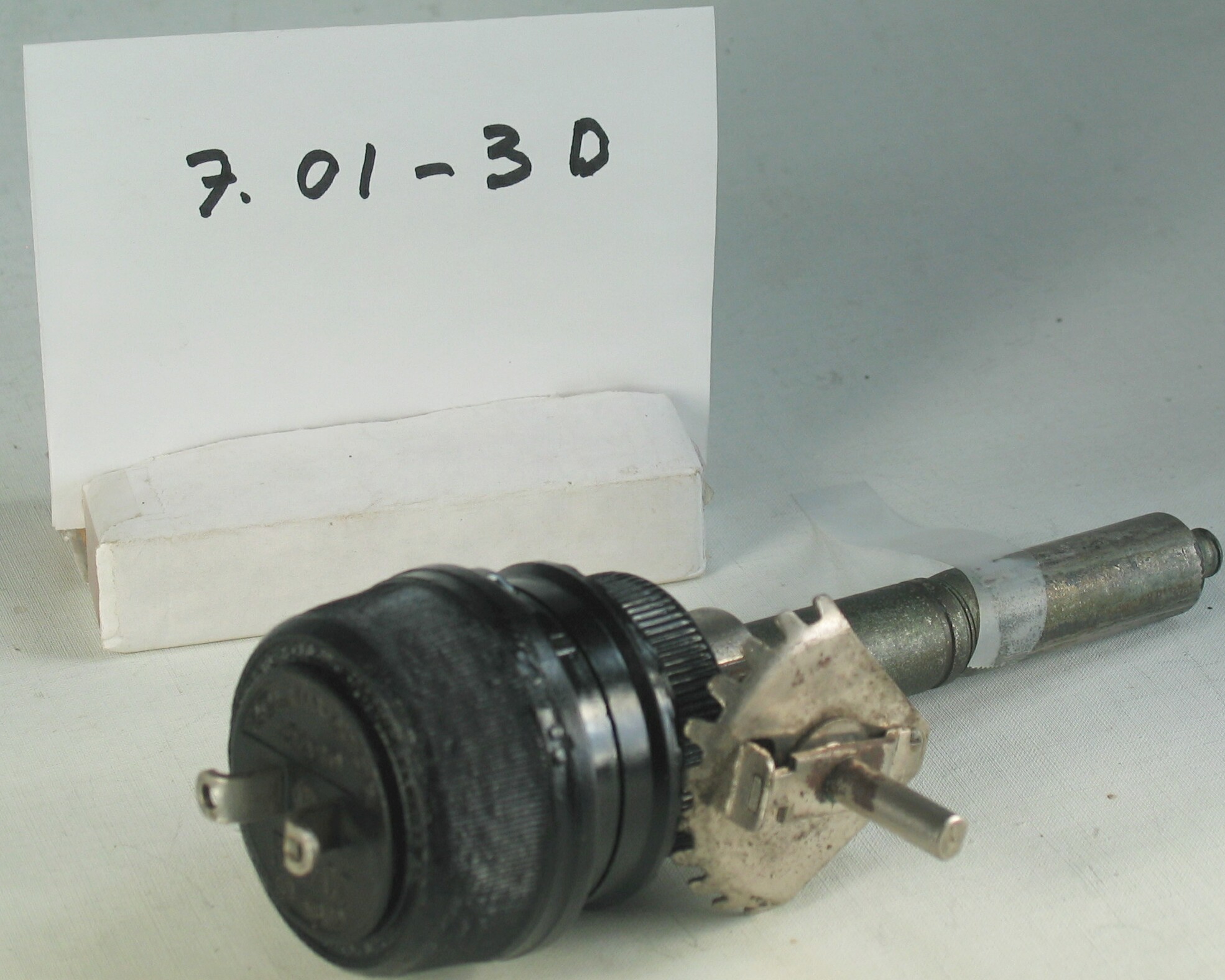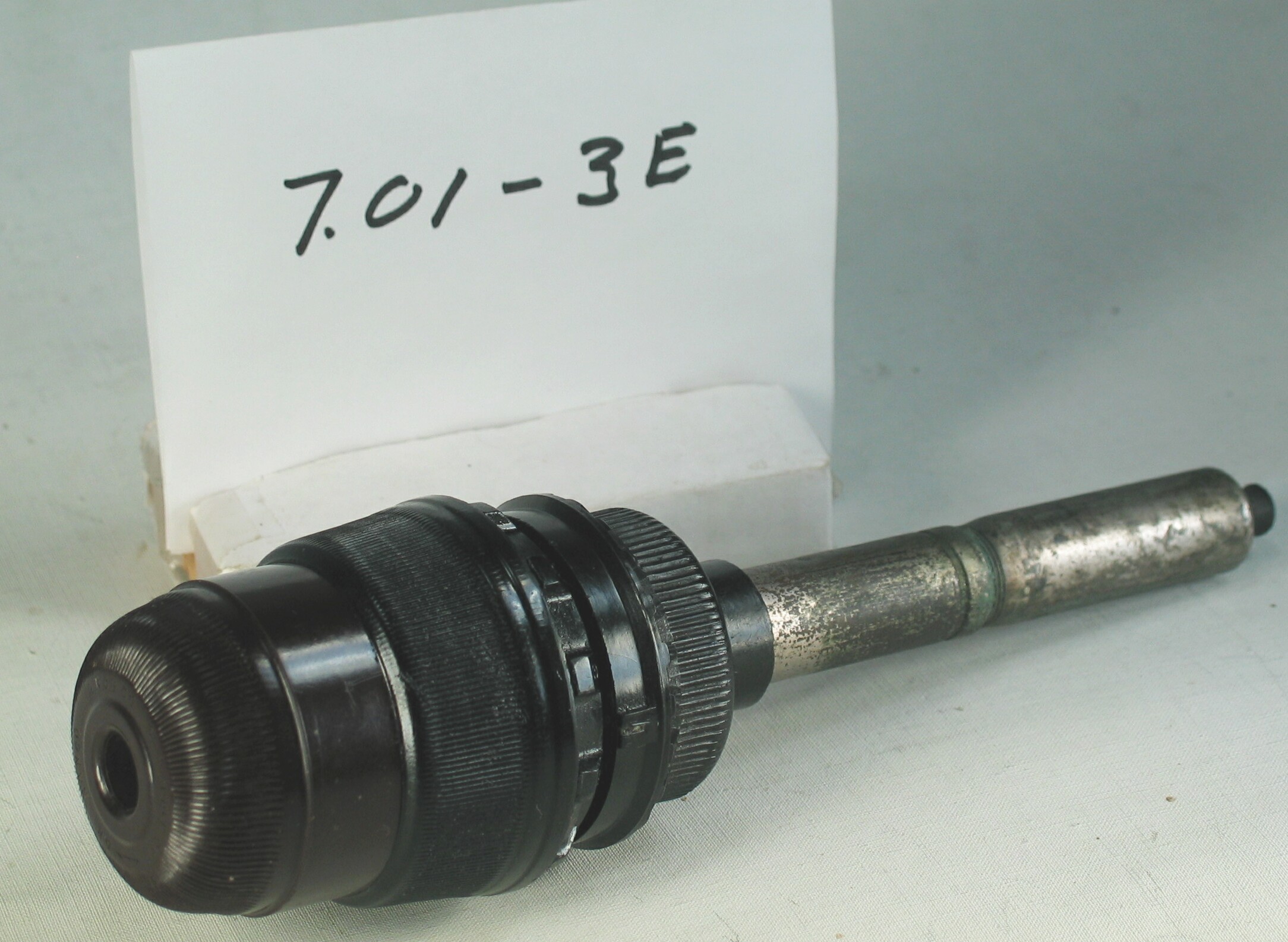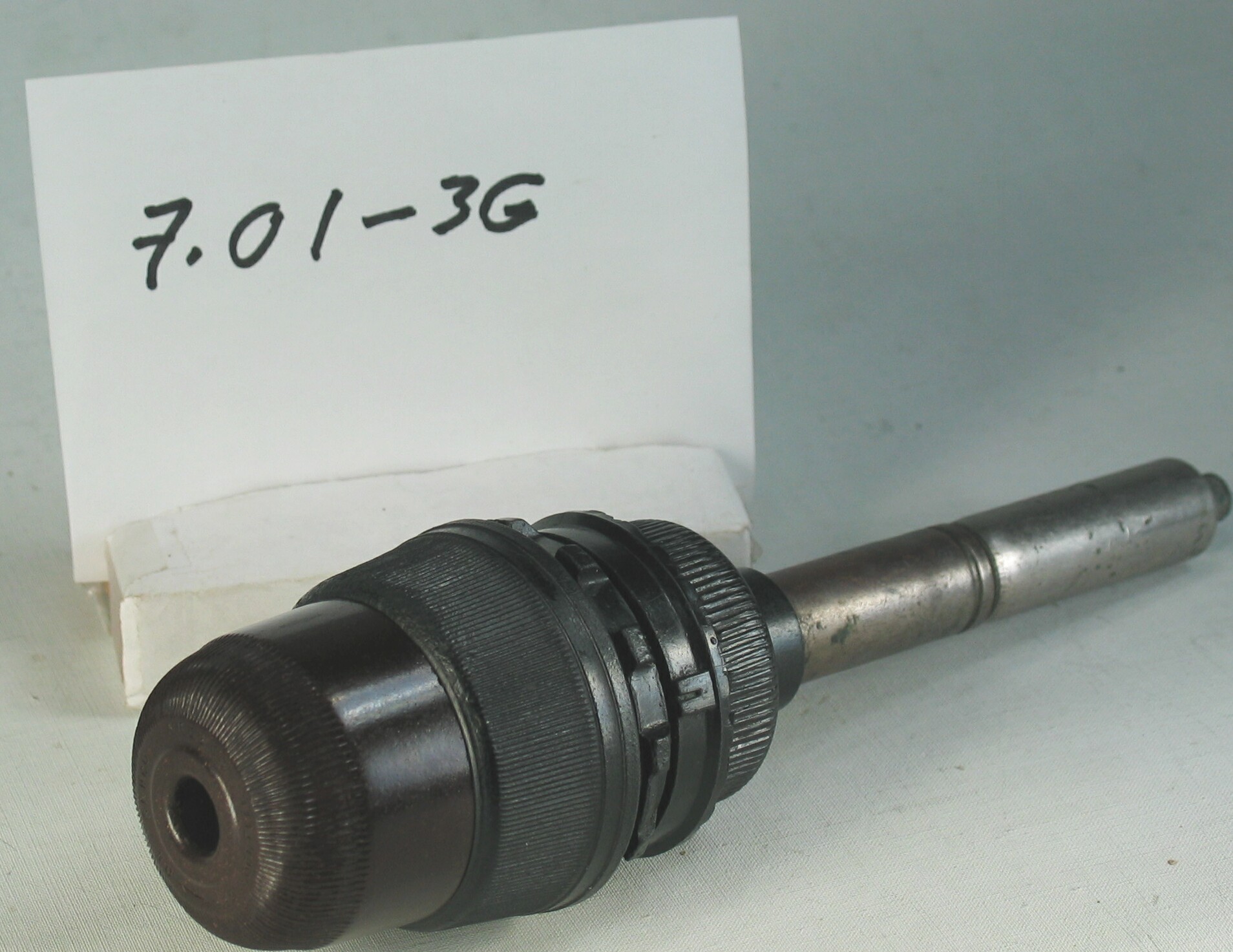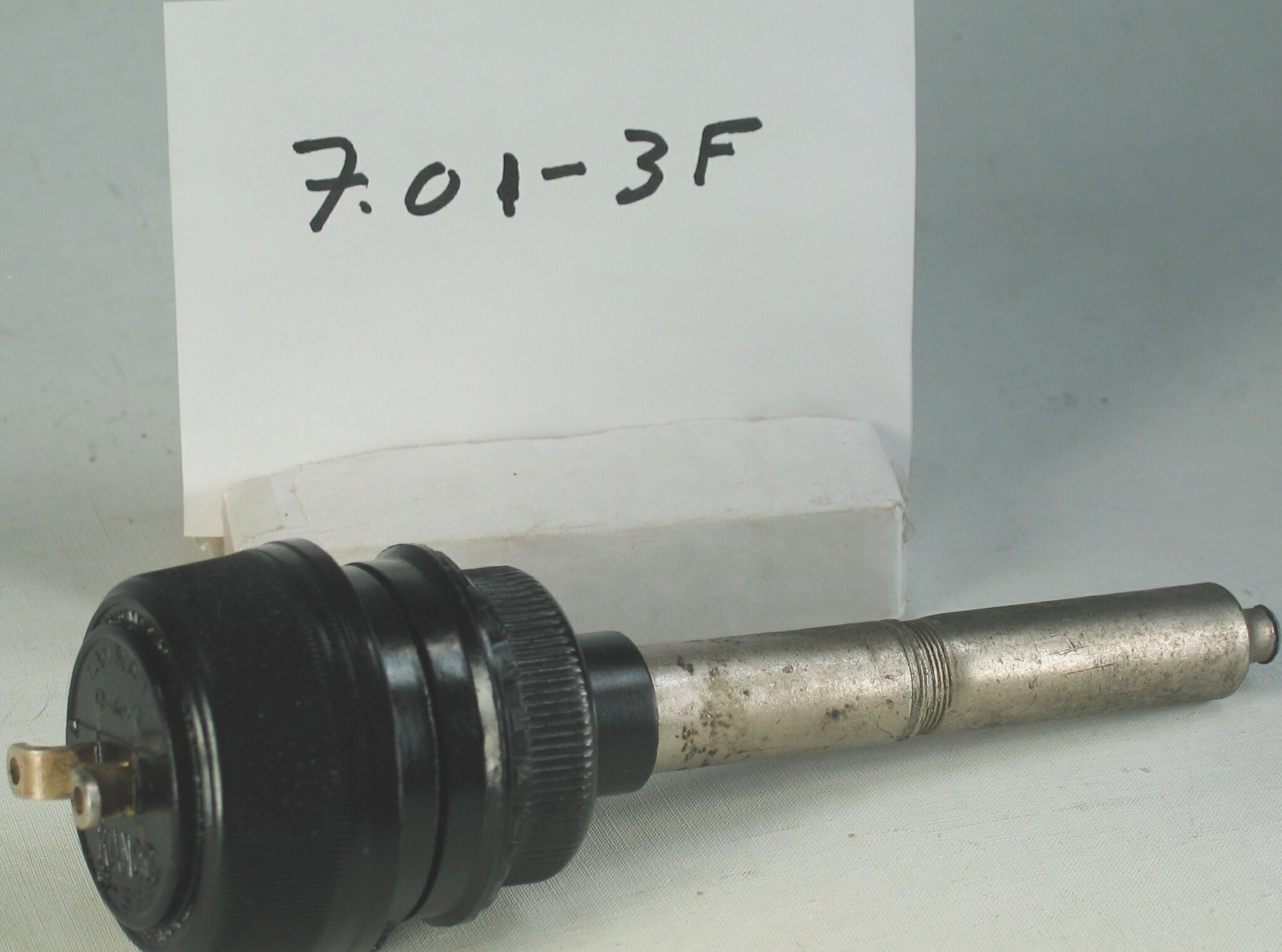7.01-1C: Frigidaire 1926 Low Side Pressure Control
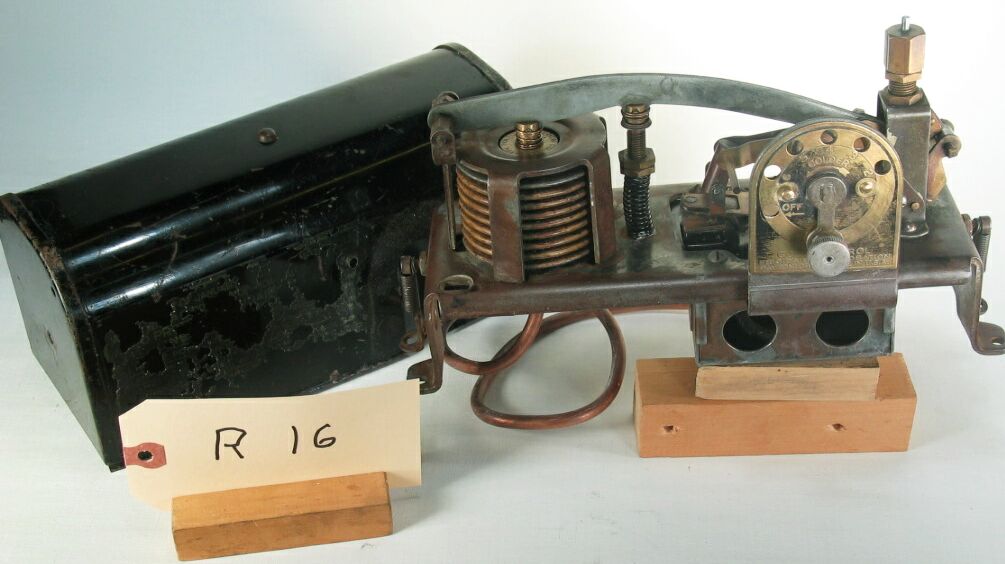
| HHCC Accession No. 2006.003 | HHCC Classification Code: 7.01-1C |
|---|
Description:
an early, ‘low side’ refrigeration system pressure control, for controlling evaporator temperature, equipped with 5 point, manual adjustable setting. Devised by Frigidaire in the 1920’s, it was to be a viable alternative to direct temperature-sensing technology, then in a crude stage of development, Frigidaire, Circa 1926. One of a rare set of 5 controllers, demonstrating the range of applications devised by Frigidaire, the various stages of deterioration expected, due to natural use, misuse, abuse and abandonment.
Group:
7.01 Refrigerating and Air Conditioning Pressure and Temperature Controls - Household
Make:
Frigidaire
Manufacturer:
Frigidaire Corporation, Dayton Ohio
Model:
Appeared in a number of design variations, variously Model A’.B’.E’.F’.G’.etc
Serial No.:
Size:
9 x 4x 6’ h
Weight:
5 lbs.
Circa:
1926
Rating:
Research and demonstration quality, less cover . Illustrates the immense ingenuity of the period in conceiving ways to automatically start and stop a mechanical refrigeration system at a predetermined temperature. For it was a time in which little was known and understood about automatic sensors and electric control and regulation devices.
Patent Date/Number:
Provenance:
From York County (York Region) Ontario, once a rich agricultural hinterlands, attracting early settlement in the last years of the 18th century. Located on the north slopes of the Oak Ridges Moraine, within 20 miles of Toronto, the County would also attract early ex-urban development, to be come a wealthy market place for the emerging household and consumer technologies of the early and mid 20th century.
This artifact was discovered in the 1950’s in the used stock of T. H. Oliver, Refrigeration and Electric Sales and Service, Aurora, Ontario, an early worker in the field of agricultural, industrial and consumer technology.
Type and Design:
The control switch is actuated by a large 2” dia., out-board bellows or siphon, patented and manufactured by Fulton, with an attached 1/4 “ copper line and flare nut it was connected to the suction port of the compressor.
Construction:
Material:
Special Features:
Accessories:
‘ inch copper connecting tube
Capacities:
Performance Characteristics:
Operation:
The expanding and contracting siphon operates a long, 8” spring compensated arm, linked to snap-action electrical contacts. Adjustable, spring tension devices allow setting of cut-in and cut-out pressures.
Typically used on sulfur dioxide refrigerant systems, the control shows the signs of corrosion over the years.
Control and Regulation:
Targeted Market Segment:
It was extensively used in many variations on household and commercial cabinet refrigerators, on ice cream cabinets and other fractional horse power applications in the 1920’s and 30’s.
Consumer Acceptance:
The bulky control was not a user friendly one. Being mounted on the condensing unit, not on the evaporator, made it inconvenient, inaccessible and unusable for many home and equipment owners.
Merchandising:
Market Price:
Technological Significance:
The significance of the device lies in the immense ingenuity it demonstrates in the period, in conceiving ways to automatically start and stop a refrigeration system at a predetermined temperature.
For it was a time in which little was known and understood about automatic sensors and electric control and regulation devices. The very notion of a mechanical device which would start and stop with out the touch of human hand was worrying. For much of the population of the time was brought up to be wary of gadgets of all varieties, often portrayed as mere hoaxes, possibly dangerous, and not to be trusted.
Industrial Significance:
Socio-economic Significance:
Socio-cultural Significance:
Donor:
G. Leslie Oliver, The T. H. Oliver HVACR Collection
HHCC Storage Location:
Tracking:
Bibliographic References:
Frigidaire Installation and Service Manual, SER,-405.
Notes:
- see also ID item #125, 7.01A, and ID 126, 7.01B
Related Reports:
See also display card and catalogue sheet, display item code R16
